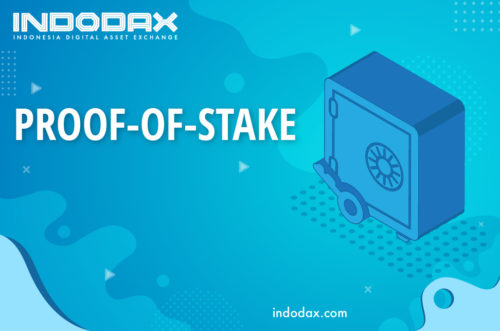Consensus according to the Big Indonesian Dictionary is an agreement. However, in the crypto world, consensus is defined as an automated mathematical procedure for reaching an agreement. The procedure uses algorithms for calculating, reasoning, and thinking data automatically with mathematical methods.
An example of a well-known convention in the crypto world is proof-of-stake. PoS supports the owner of a cryptocurrency to “bet” the crypto. The proof of stake system is designed to fend off weaknesses in the proof of work system. Because, to implement the proof of work convention, miners must use a lot of electricity.
Proof-of-stake (PoS) is in the form of an algorithm to require users or commonly called validators to stake a number of tokens in order to get a chance to get a bonus. determining, calculating this relies on the number of tokens the user has to earn even more crypto.
In the crypto world, the term stake refers to the crypto that users own and store in the system to participate in the verification and validation of transactions.
This complex mechanism is carried out to achieve distributed consensus, which is a condition in which the system runs safely and is decentralized because transaction verification is carried out by other users. In a PoS system, no miners compete to use their computer power to process transactions and get imbalances.
Well, risking is an activity when running the PoS convention. When cryptocurrencies are locked, that’s what staking is all about. But the user can still cancel it if we want to exchange it.
As an example, let’s see how it works cardano or ADA which is a decentralized third generation proof of stake (PoS) blockchain platform designed to be an alternative to proof of work (PoW) networks. Anyone with cardano can stake and find their own validator on the available platforms. When cardano needs to verify a transaction block, ouroboros proof-of-stake protocol selects a validator. Then, the validator will check the blocks, add them, and receive more cardano for them.





